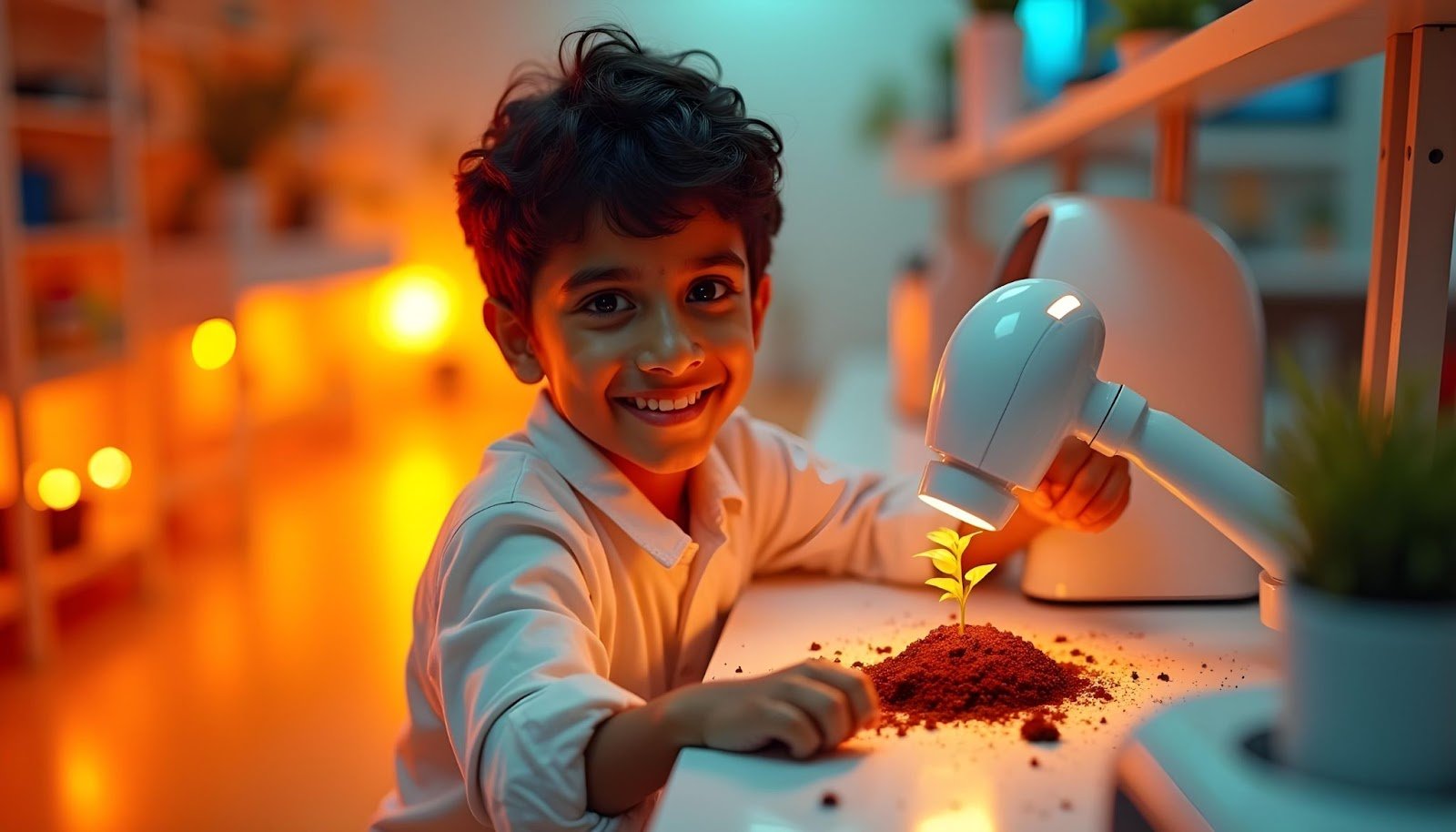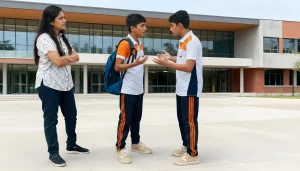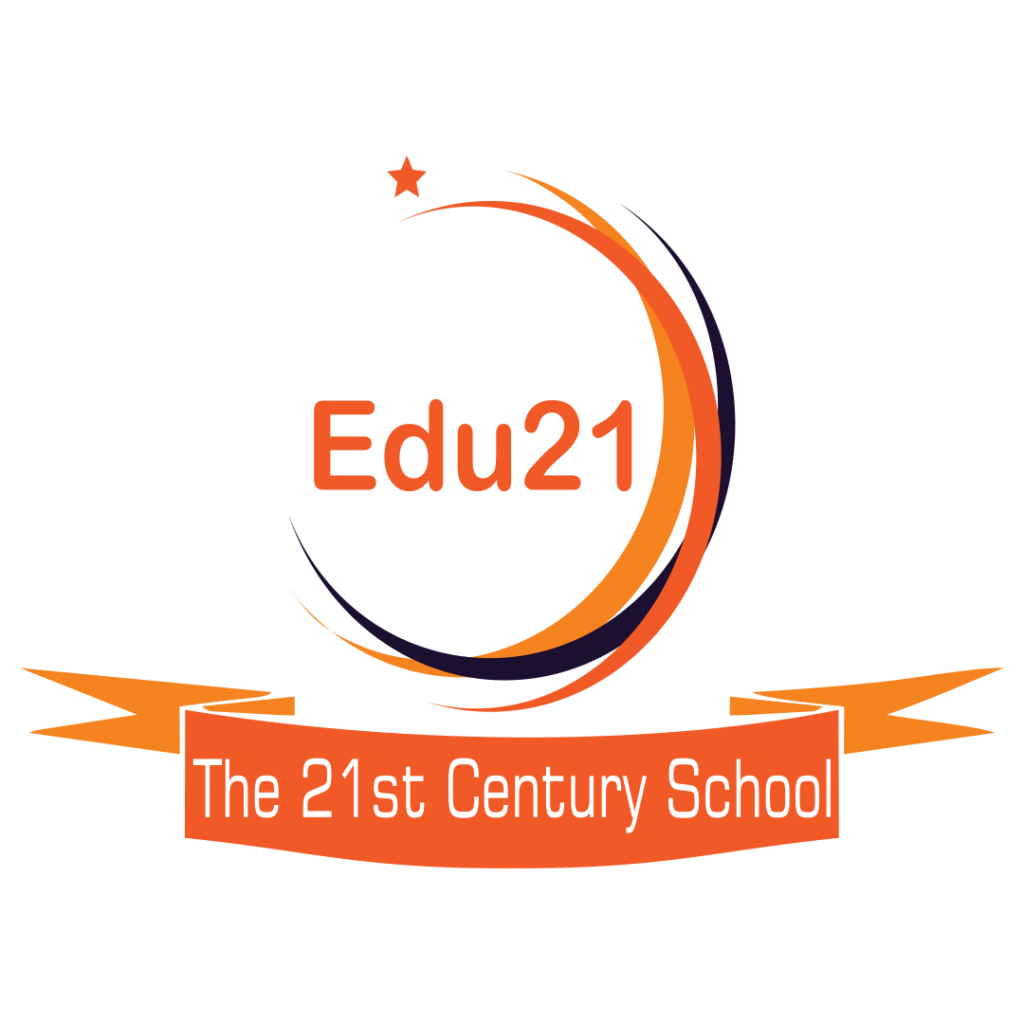Blog By Aneela Junaid
Introduction
In today’s rapidly changing world, the way we educate children has transformed dramatically. The 21st-century education system, characterized by its emphasis on critical thinking, creativity, collaboration, and technological fluency, has attracted global attention for its innovative methods and success in preparing students for the future. However, despite the widespread praise, misconceptions and myths about this modern approach to education continue to persist. Some believe that this system prioritizes play over learning or that it produces students who struggle academically and lack discipline. These myths often overshadow the benefits of a system designed to develop holistic, future-ready individuals. In this blog, we’ll debunk five of the most common myths surrounding 21st-century education and shed light on the reality of its effectiveness.
Myth 1: Children Only Play and Don’t Learn
One of the most prevalent misconceptions about the 21st-century education system is that students spend too much time playing, with little focus on learning. While it’s true that this model incorporates hands-on and experiential learning, equating this with “just playing” misses the point. Activities like project-based learning, interactive games, and group work are designed to make learning more engaging and meaningful for students. This method encourages children to actively explore concepts rather than passively absorbing information.
For instance, in STEM education (Science, Technology, Engineering, and Mathematics), students might build models or work on real-world problems to deepen their understanding. This experiential approach enables them to apply theoretical knowledge to practical situations, enhancing their problem-solving and critical-thinking skills. Play-based learning helps develop cognitive, social, and emotional skills, which are foundational for lifelong learning. Rather than diminishing learning, the 21st-century approach actually deepens understanding by making it more relevant and applicable to students’ lives.
Myth 2: Students Lack Academic Proficiency
Another common myth is that students in 21st-century education systems fall short in terms of academic proficiency compared to those in more traditional systems. Critics argue that focusing on skills like collaboration and creativity detracts from core academic subjects like mathematics, science, and language arts. However, research and global assessments like PISA (Programme for International Student Assessment) have consistently shown that students in progressive, skill-based educational systems often perform as well as their peers in traditional systems.
This myth overlooks the fact that 21st-century education still emphasizes rigorous academic standards, but it delivers them in ways that encourage deeper engagement and mastery. Instead of rote memorization, students are encouraged to understand and apply concepts in real-world settings. Academic proficiency is enhanced through interdisciplinary projects, inquiry-based learning, and technology integration, which often lead to improved critical thinking and retention of knowledge. In this system, students are empowered to take ownership of their learning, which boosts their academic achievement and prepares them for more complex future challenges.
Myth 3: Children Struggle With Discipline
The assumption that 21st-century education leads to a lack of discipline is based on the idea that freedom and flexibility in the classroom will result in chaos. In reality, modern education systems encourage self-discipline, responsibility, and time management. Rather than relying on strict rules and punishment-based systems, 21st-century classrooms foster a sense of intrinsic motivation and accountability. Students learn how to manage their time, collaborate with others, and set personal goals, all of which require a high level of discipline.
For instance, in project-based learning, students must adhere to deadlines, work as part of a team, and solve problems independently. These activities teach them how to manage themselves without constant external supervision. By cultivating a growth mindset and emphasizing the value of effort over fixed outcomes, this system helps students develop resilience, self-regulation, and a sense of purpose. These are all essential elements of discipline, but they are developed in a more student-centered, supportive environment.
Myth 4: Students Face Challenges in Adapting to Other Educational Systems
A widespread concern is that students educated in the 21st-century system will struggle to adapt to more traditional educational environments if they switch schools or pursue higher education. This myth stems from the idea that modern educational practices are too unstructured and diverge too far from the traditional approach to learning. However, research and real-world examples suggest that students from 21st-century education systems are well-equipped to transition into various learning environments due to their adaptability, critical-thinking skills, and problem-solving abilities.
These students are trained to be lifelong learners who can navigate different educational contexts, whether they are in a traditional lecture-based setting or a collaborative, inquiry-driven environment. The focus on digital literacy, communication skills, and global awareness also prepares students to engage with diverse educational systems around the world. In fact, many students from 21st-century learning environments thrive in higher education, where independent learning, research, and self-management are highly valued. Their adaptability is a strength, not a limitation.
Myth 5: No Traditional Homework Exercises, Which Is Not Beneficial
Many parents and educators are skeptical of the reduced emphasis on traditional homework in 21st-century education systems. The belief is that without regular homework assignments, students won’t practice enough to retain key concepts, leading to poorer academic performance. However, this view overlooks the purpose of homework and how learning is evolving. The 21st-century education system replaces repetitive, rote-based homework with meaningful tasks that promote deeper understanding.
For example, instead of assigning worksheets or memorization tasks, students might be asked to complete a real-world project, collaborate with peers online, or reflect on their learning through digital portfolios. Schools that practice 21st-century models use flipped learning. Flipped learning is an innovative teaching method where students are introduced to new content at home, typically through videos or reading materials, and then apply what they’ve learned in the classroom through interactive activities, discussions, and hands-on projects. This approach flips the traditional model of assigning homework after class, allowing for deeper understanding and collaboration during in-class time. At Edu21, students benefit from this method as it supports personalized learning, aligning with the school’s philosophy of nurturing every child’s unique strengths. By opposing the conventional homework routine, Edu21 focuses on fostering creativity and practical skills through engaging, project-based learning in the classroom
Conclusion
The 21st-century education system is designed to equip students with the skills and knowledge necessary to thrive in an increasingly complex and interconnected world. While misconceptions about its methods and outcomes persist, the reality is that this system promotes deeper learning, academic excellence, and adaptability. It combines play-based, experiential learning with rigorous academic standards, fostering both self-discipline and a lifelong love of learning. Students from 21st-century education systems are more than capable of excelling in traditional environments, adapting to new challenges, and applying their knowledge in meaningful ways.
By debunking these five myths, we can appreciate how this educational approach prepares students not just for exams, but for the broader challenges and opportunities they will face in the 21st century. With a focus on creativity, critical thinking, collaboration, and technological fluency, 21st-century education is not only beneficial but essential for shaping the future of learning.












